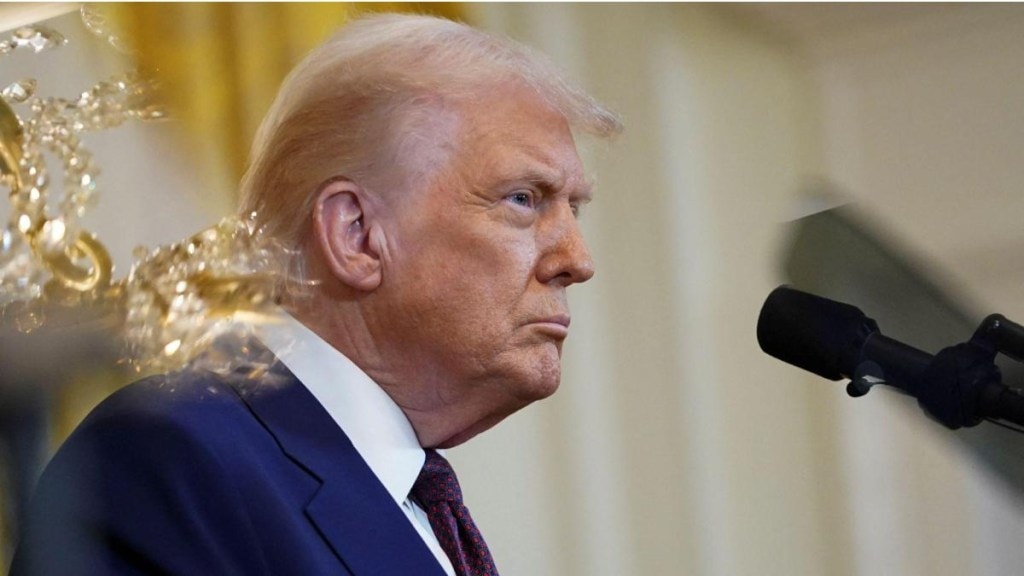US President Donald Trump on Tuesday said that there is a spike in the cases of autism in the United States. “Not long ago, and you can’t even believe these numbers, one in 10,000 children have autism. One in 10,000. And now it’s one in 36. There’s something wrong,” Trump said during his speech on Tuesday.
During his speech, Trump mentioned that the sharp rise in autism cases in the US, suggesting it may be an epidemic, though the reasons remain unclear. He said that while previously autism cases were one in 10,000 US children, now it’s one in 36 children.
A New York Times report revealed that Trump’s previous statistic of one in 10,000 cases isn’t entirely correct.
In 2000, approximately 1 in 150 children in the US born in 1992 were diagnosed with autism compared with 2020, during which one in 36 children born in 2012 were diagnosed, according to data from the US Centers for Disease Control and Prevention (CDC).
Robert F. Kennedy Jr., the head of the Department of Health and Human Services, has suggested that there is a link between childhood vaccinations and autism. However, previous studies have examined that theory and dismissed it, India Today reported. In the recent years, multiple research has been conducted on autism research. But not much progress has been reported in untangling risk factors associated with ASD.
Some studies link poor maternal vitamin D status or early childhood vitamin deficiency or low activity of various vitamin D-related enzymes may result in deficient activity in the vitamin D system crucial for brain development. However, not much evidence are present at the moment to prove this link.
Other reasons for the increase in autism cases in the US, affecting one in 36 children, according to CDC, are increased awareness, better screening and changes in the diagnostic criteria.
What is Autism?
Autism spectrum disorder is a condition associated with brain development that impacts how a person perceives and socializes with others, causing problems in social interaction and communication.
Autism spectrum disorder includes conditions that were previously considered separate — autism, Asperger’s syndrome, childhood disintegrative disorder and an unspecified form of pervasive developmental disorder, Mayo Clinic revealed.
According to Mayo Clinic, while there is no cure for autism spectrum disorder, intensive, early treatment can make a big difference in the lives of many children.
What are the symptoms of Autism?
Each child with autism spectrum disorder is likely to have a unique pattern of behavior and level of severity — from low functioning to high functioning, Mayo Clinic highlights.
Some of the common signs and symptoms include:
- Fails to respond to his or her name or appears not to hear you at times
- Resists cuddling and holding, and seems to prefer playing alone, retreating into his or her own world
- Has poor eye contact and lacks facial expression
- Performs repetitive movements, such as rocking, spinning or hand flapping
- Fixates on an object or activity with abnormal intensity or focus
According to Mayo Clinics, as children with autism become older their behaviour becomes more engaged with others and show fewer disturbances in behavior.

